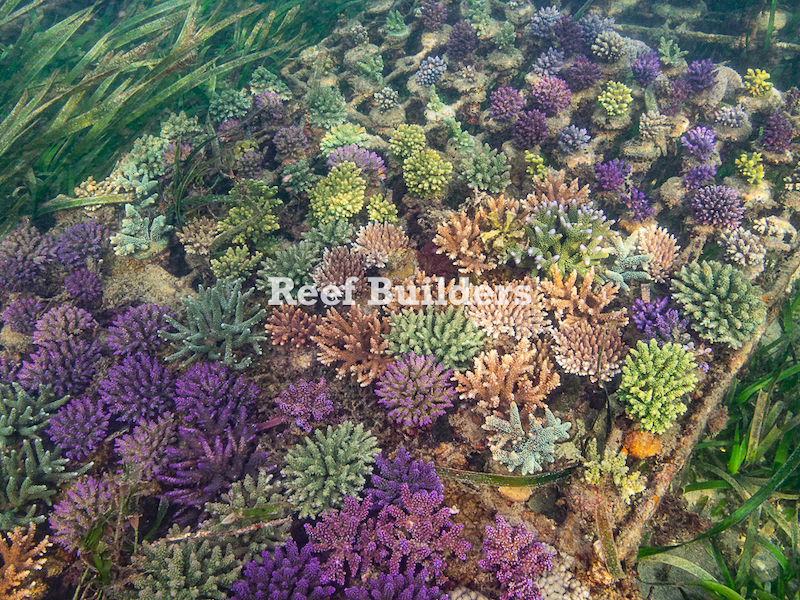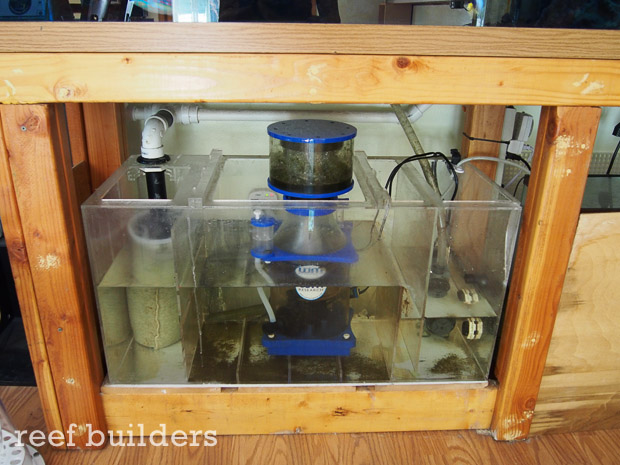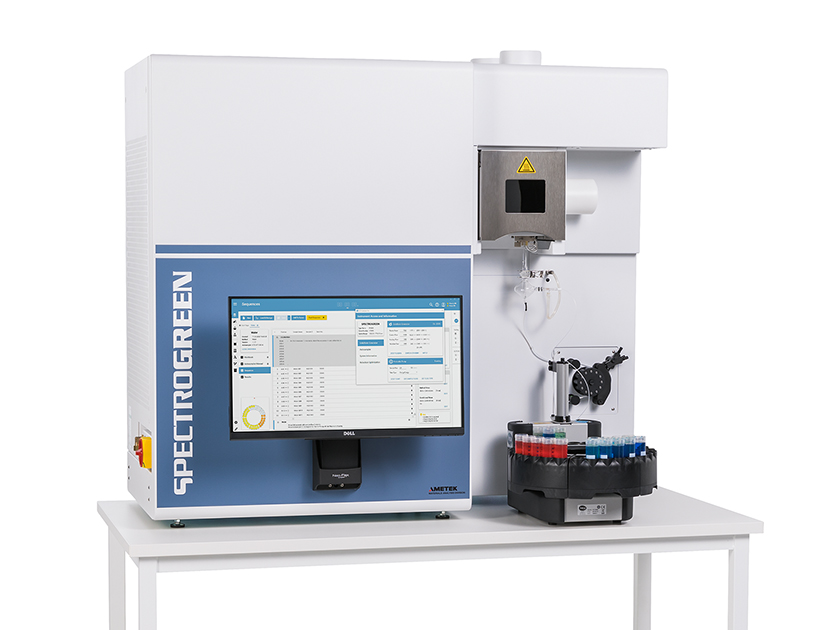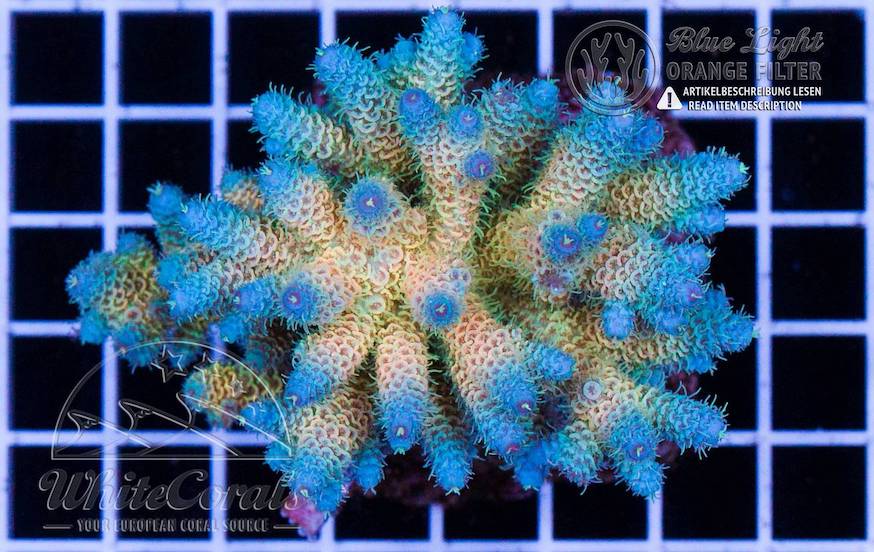We’ve been having fun this week visiting troubled reef tanks and troubled reefers and trying to help them with their ongoing problems. Talking to people online, by phone, or even face to face in your LFS is one thing, but it’s not until you visit their tank in person that you can investigate every possibility for why they’re not succeeding, or identify the route cause of the problem and offer a simple fix.
This week’s tanks varied massively in volume, cost, and specification from a fully loaded 1400 liter, to 500 liters, to a super simple spec 100-liter tank but they all had the same problem. They were struggling with Acropora. The first advice we give when the A word is mentioned is that virtually everyone struggles with Acros at some point, from beginner to expert, wholesaler, retailer, to hobbyist. So although everyone wants a tank like Juan Gabriel Grajales, we all need to manage our expectations when getting into these addictive corals.
Since the Indonesian coral ban has been lifted we’ve been treated to a myriad of colorful Acropora, mainly tenuis and millepora, but maricultured corals come with their own set of criteria. To start off with they are farmed in the sea and grow in sunlight. As much as we try our tank parameters are still very different to an Indonesian coral farm and if your tenuis was in Indonesia on Monday, a wholesaler on Wednesday, and your tank on Friday, it’s going to be in a delicate state. If you’re lucky it will go brown, but unless your light, flow, and chemistry are A1, it’ll likely strip.

Our advice is that if you want to “test,” Acropora, get frags from colonies that are already doing well in captivity. If your LFS has frags of acros that are growing using Red Sea Salt and Radion lights for example, you can much more accurately replicate that growing environment with a few par and water tests, and will stand a much better chance of success. It will have survived many common situations like fluctuating KH, raised phosphate, and temperature, and it should be free of disease. Leave someone to take the hit on those newly imported specimens, and if they succeed with them, they’ve already run the reef aquarium gauntlet and survived, so those are the frags you want. It’ll give you a head start.
Try to obtain based-out frags or colonies of Acropora too. A newly made Acropora frag may have been cut off an already stripping colony and they never take well to that initial fastening around the base with glue or putty. Buy a based out frag and it’s like buying a tree with a good root system. It will pay dividends.

Improve tank maintenance
The next thing we found with all three tanks was they lacked maintenance. Providing strong light and strong flow is one thing, even fitting a KH controller, but there’s no substitute for regular maintenance. If a substrate is used, vacuum it. Long-term reefkeepers have an inbuilt fear of gravel vacuuming that goes right back to plenums and deep sand beds. They don’t want to disturb the life that’s in that substrate yet what they’re overlooking is all the dirt and pollutants that substrate is holding, and how much oxygen it’s consuming. Everyone’s chasing pH these days, but all that detritus consumes oxygen and lowers it. Keep a thin layer of coarse gravel (also better in strong flow,) and vacuum once a week as part of your water change regime. Or remove the substrate altogether and remove one less factor from the investigation. Scrub the weir comb, scrape the back of the tank and move the rocks forward so you can vacuum behind them. Brown clouds of detritus will be lurking there. Remove some rockwork, and lift it off the base of the tank to improve flow and mechanical filtration. Floating scapes and small footprint bommies are much better for managing dirt build-up underneath.
Clean tank, clean sump
Another thing we noticed with all three tanks was the hygiene levels in the sumps. Yes, sumps are there to hold mechanical and biological filtration but they need to be clean too. Clean or replace filter socks, fit a roller filter and regularly clean the base of the sump to remove detritus. Use a blade to remove all those tiny encrusting snails, lift bio media up off the floor and improve flow throughout the sump as a whole. We could feel a temperature difference in sump chambers – proof of poor flowthrough, and poor flow caused settlement and a build-up of gunk too. Move Chaetomorpha from a sump section to a reactor. Refugiums can be refuges for pests too, which will repopulate the display tank above on a regular basis. With no light on down there, you won’t get algae growing in your skimmer, and all pumps should receive regular acid baths to keep them running well and looking like new.

ICP testing
After years of ICP testing our own tanks and other people’s, we can share some wisdom here too. Make all the changes to your tank before you ICP. If you haven’t changed your phosphate remover in two months, have high TDS in your RO, and ran out of buffer, you know the ICP will be bad. It will no doubt tell you to dose Iodine and Manganese, change your phosphate remover and if you ICP your RO, it will probably tell you to change the cartridges in that too. Then once you’ve fixed everything you’ll need to ICP test again.
If you want to succeed with Acropora you should make sure you have the best RO/DI water, the lowest phosphate, and that your tank, and your sump, are spotless. Stick to the basics of high flow, high light, low nutrients, and consistently good, consistently stable water conditions first. That’s a prerequisite, but you have to put in the time and the maintenance and if you don’t Acropora will punish you. Don’t follow fashions and instead take advice from long-term acro growers. We are often asked if we think Acros are failing because the tank is too clean or the flow is too high. 100 times turnover won’t phase acros – they’ll thrive in it if it’s delivered in the right way. Don’t confuse “clean” water with degraded water that’s low in trace elements. Acropora can tolerate a wide range of nitrate values but they need all the macro and trace elements at the right values. Clean the tank, fix the water, obtain tank-grown frags from successful colonies, and then all the other intricacies like coloration and creating a mind-blowing Instagram scape will come later.



